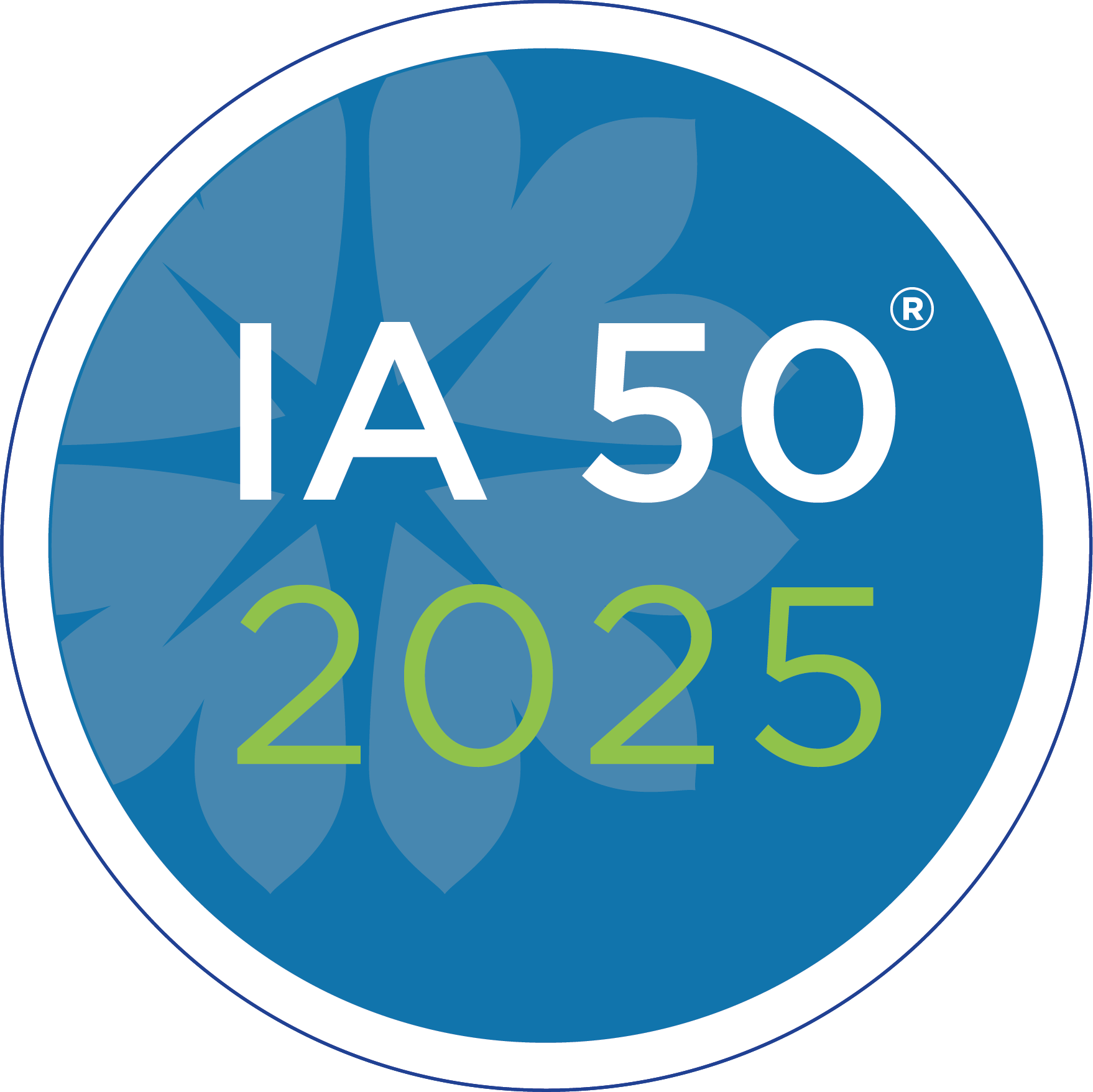The IA 50 Review Committee selects firms according to a set of criteria developed to ensure that the list includes a diverse set of firms with experience in the field, scale in terms of AUM and investor base, commitment to impact and representing a range of approaches, asset classes and impact areas. Particular consideration will be given to firms that demonstrate a unique strategy, under-represented impact theme and leadership diversity in view of application pool.

